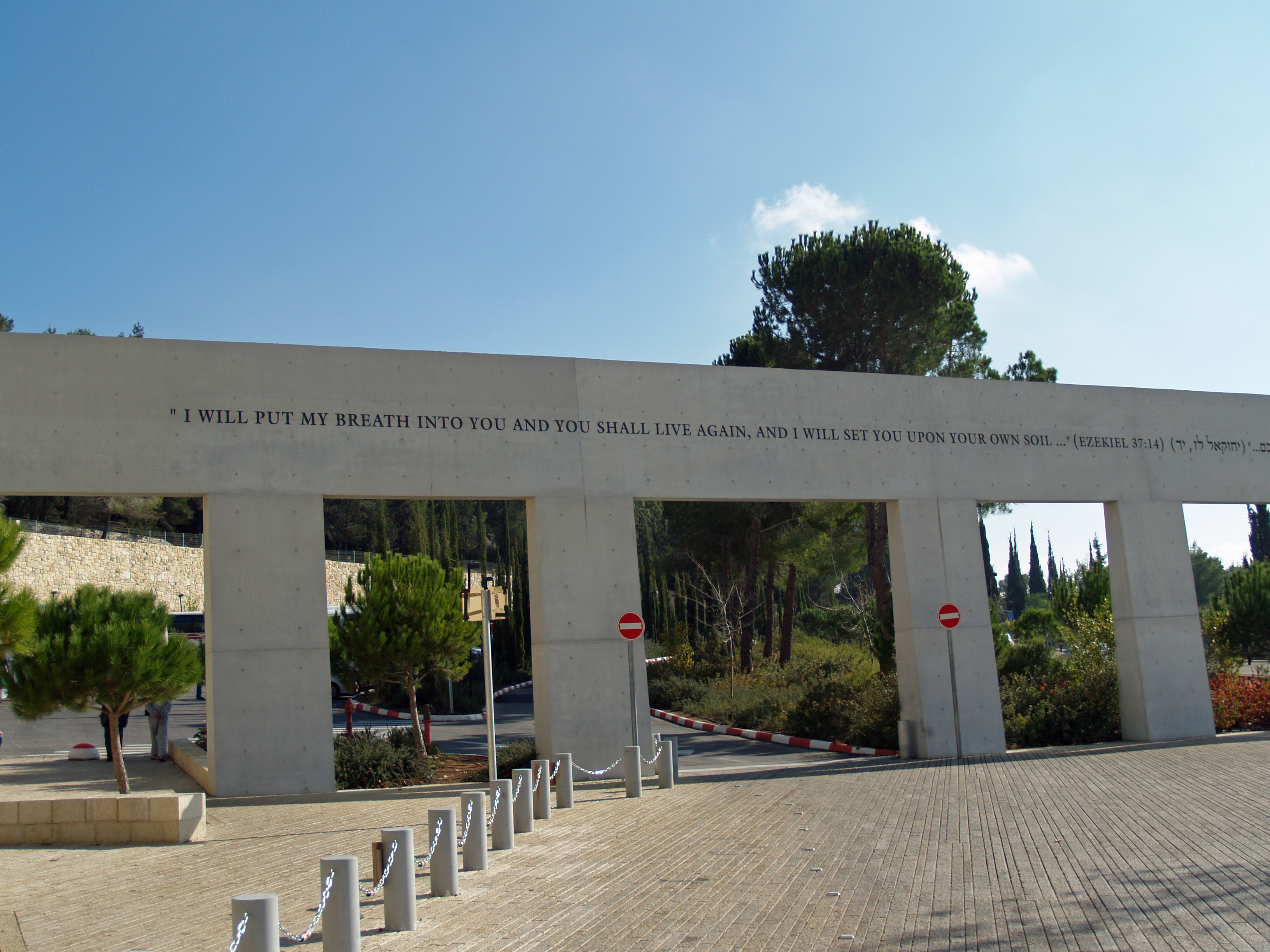|
Ezekiel 14
Ezekiel 14 is the fourteenth chapter of the Book of Ezekiel in the Hebrew Bible or the Old Testament of the Christian Bible. This book contains the prophecies attributed to the prophet/priest Ezekiel, and is one of the Books of the Prophets. This chapter records a visit of some of the elders of Israel to Ezekiel, and God's response through the prophet dealing with the sins of idolatry. Text The original text was written in the Hebrew language. This chapter is divided into 23 verses. Textual witnesses Some early manuscripts containing the text of this chapter in Hebrew are of the Masoretic Text tradition, which includes the Codex Cairensis (895), the Petersburg Codex of the Prophets (916), Aleppo Codex (10th century), Codex Leningradensis (1008). There is also a translation into Koine Greek known as the Septuagint, made in the last few centuries BC. Extant ancient manuscripts of the Septuagint version include Codex Vaticanus (B; \mathfrakB; 4th century), Codex Alexandrinus (A; ... [...More Info...] [...Related Items...] OR: [Wikipedia] [Google] [Baidu] |
Book Of Ezekiel
The Book of Ezekiel is the third of the Latter Prophets in the Tanakh and one of the major prophetic books, following Isaiah and Jeremiah. According to the book itself, it records six visions of the prophet Ezekiel, exiled in Babylon, during the 22 years from 593 to 571 BCE, although it is the product of a long and complex history and does not necessarily preserve the very words of the prophet. The visions, and the book, are structured around three themes: (1) Judgment on Israel (chapters 1–24); (2) Judgment on the nations (chapters 25–32); and (3) Future blessings for Israel (chapters 33–48). Its themes include the concepts of the presence of God, purity, Israel as a divine community, and individual responsibility to God. Its later influence has included the development of mystical and apocalyptic traditions in Second Temple and Judaism and Christianity. Structure Ezekiel has the broad three-fold structure found in a number of the prophetic books: oracles of wo ... [...More Info...] [...Related Items...] OR: [Wikipedia] [Google] [Baidu] |
Leningrad Codex
The Leningrad Codex ( la, Codex Leningradensis [Leningrad Book]; he, כתב יד לנינגרד) is the oldest complete manuscript of the Hebrew Bible in Hebrew, using the Masoretic Text and Tiberian vocalization. According to its colophon, it was made in Cairo in 1008 CE (or possibly 1009). Some have proposed that the Leningrad Codex was corrected against the Aleppo Codex, a slightly earlier manuscript that was partially lost in the 20th century. However, Paul E. Kahle argues that the Leningrad manuscript was more likely based on other, lost manuscripts by the ben Asher family. The Aleppo Codex is several decades older, but parts of it have been missing since the 1947 anti-Jewish riots in Aleppo, making the Leningrad Codex the oldest complete codex of the Tiberian mesorah that has survived intact to this day. In modern times, the Leningrad Codex is significant as the Hebrew text reproduced in (1937), (1977), and (2004–present). It also serves as a primary sou ... [...More Info...] [...Related Items...] OR: [Wikipedia] [Google] [Baidu] |
Daniel (biblical Figure)
Daniel (Biblical Aramaic, Aramaic and he, דָּנִיֵּאל, translit=Dānīyyēʾl, lit=God is my Judge; gr, Δανιήλ, translit=Daniḗl, translit-std=ALA-LC; ) is the main character of the Book of Daniel. According to the Hebrew Bible, Daniel was a Nobility, noble Jews, Jewish youth of Jerusalem taken into captivity by Nebuchadnezzar II of Babylon, serving the king and his successors with loyalty and ability until the time of the Persians, Persian conqueror Cyrus the Great, Cyrus, all the while remaining true to the God of Israel. The consensus of most modern scholars is that Daniel is not a historical figure and that the book is a Roman à clef, cryptic allusion to the reign of the 2nd century BCE Diadochi, Hellenistic king Antiochus IV Epiphanes. Six cities claim the Tomb of Daniel, the most famous being that in Susa, in southern Iran, at a site known as Tomb of Daniel, Shush-e Daniyal. He is not a prophet in Judaism, but the rabbis reckoned him to be the most disti ... [...More Info...] [...Related Items...] OR: [Wikipedia] [Google] [Baidu] |
Noah
Noah ''Nukh''; am, ኖህ, ''Noḥ''; ar, نُوح '; grc, Νῶε ''Nôe'' () is the tenth and last of the pre-Flood patriarchs in the traditions of Abrahamic religions. His story appears in the Hebrew Bible (Book of Genesis, chapters 5–9), the Quran and Baha'i writings. Noah is referenced in various other books of the Bible, including the New Testament, and in associated deuterocanonical books. The Genesis flood narrative is among the best-known stories of the Bible. In this account, Noah labored faithfully to build the Ark at God's command, ultimately saving not only his own family, but mankind itself and all land animals, from extinction during the Flood. Afterwards, God made a covenant with Noah and promised never again to destroy all the Earth's creatures with a flood. Noah is also portrayed as a "tiller of the soil" and as a drinker of wine. Biblical narrative Tenth and final of the pre-Flood (antediluvian) Patriarchs, son to Lamech and an unnamed mother, Noa ... [...More Info...] [...Related Items...] OR: [Wikipedia] [Google] [Baidu] |


